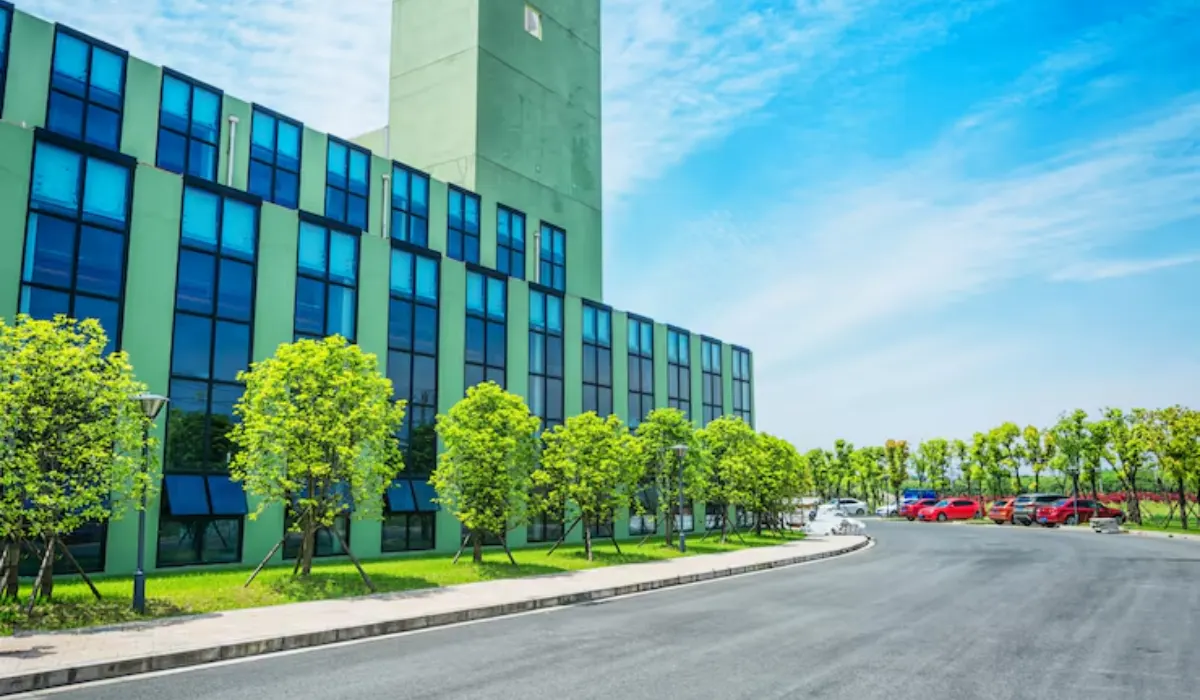If a sunken living room, vaulted wood ceilings, exposed beams, and extraordinary views of natural landscape are your cup of tea, your dream home just came on the market: an extraordinary 1961 structure designed by visionary architect Harry Gesner. The three bedroom, 2.5-bath residence, originally built for the S.L. and Jan Stebel and located at 1963 Mandeville Canyon Road, has remained owned by the Stebel family since its original completion, and is now looking for a new buyer ready for a striking, unique home — original kitchen cabinetry and all. “It’s one of the most breathtaking midcentury homes in Los Angeles!” declare listing agents Todd Michaud and Rande Gray, principals of Keller Williams Realty Omega Group.
Gesner was contracted to design the home just a few years after completing the iconic beachfront Wave House (1957) in Malibu, which put his name on the map in rapidly-growing, modernism-loving Los Angeles. Gesner was actually a native of Southern California, and served in the U.S. Army during World War II before studying under Frank Lloyd Wright at his school in the Arizona desert, Taliesin West. But, feeling that the school was too constricting, he moved on and never looked back.
The Stebels, Gesner’s new client for this particular project, had heard about him from previous commissions. Though they were originally interested in a mountain home, as they recalled in the 2012 monograph about Gesner, and early designs closely resembled a traditional Swiss chalet, feedback from the clients led Gesner to develop the soaring, X-frame design, where two A-frame forms collide in to create vaulted spaces that open to verdant Mandeville Canyon and beyond.
On the home’s main level, there’s a dramatic sunken living room complete with built-in seating, an angular brick fireplace, and an L-shaped sectional surrounded by floor-to-ceiling windows. At the center of the main floor, with easy access to the kitchen, dining room, and sunken living room, is an original bar and music booth with original woodwork that mimics the diagonal forms of the home itself. Tucked behind the bar is the original kitchen, which retains its wooden cabinetry, paneling, and red tile floors; the dining room, outfitted in a similar palette of wood paneling, is adjacent and has direct access to a patio through floor-to-ceiling sliding glass doors. Also on this floor is a bedroom with its own bathroom,
Surprises, dramatic views, and whiplash design continue on the second floor, reached by a curved staircase with a simple wooden handrail that opens up to the soaring ceilings of the main bedroom suite. Bookcases line the walls — one of the Stebels was a writer — and the rest opens up to a terrace with seating that’s partially covered by the deep overhang of the gabled roof. The glass walls here are asymmetrical, creating an artistic if irregular pattern, sometimes infilled with solid panels instead of glass.
And if original 1960s bathrooms are your thing, this will be bliss: a water closet clad in original perky blue square ceramic tile, with a double sink, bathtub, and separate shower. Beyond the bath is an office space/dressing area that has a similar window wall to the bedroom, with access to yet another terrace. A guest apartment or flexible office space with a kitchen, bedroom, and bathroom on a lower level continue the same exposed wood ceilings as the rest of the home, but might be more appropriate as a granny flat.
But it’s really the views, along with the spectacular design that make this home still relevant. As the L.A. Times noted in a 1969 profile about the Stebels, “With such a view, could anybody write? Of course not.”
Needless to say, we at Dirt definitely feel inspired by this home — and are looking forward to seeing it snatched up by the right buyer who appreciates its original features and will make optimal use of that sunken living room and its breath-stealing views.















